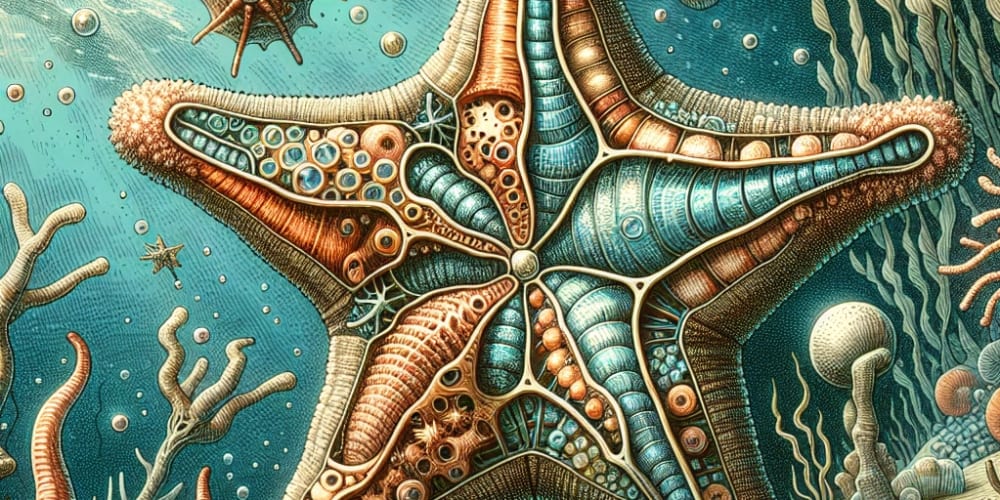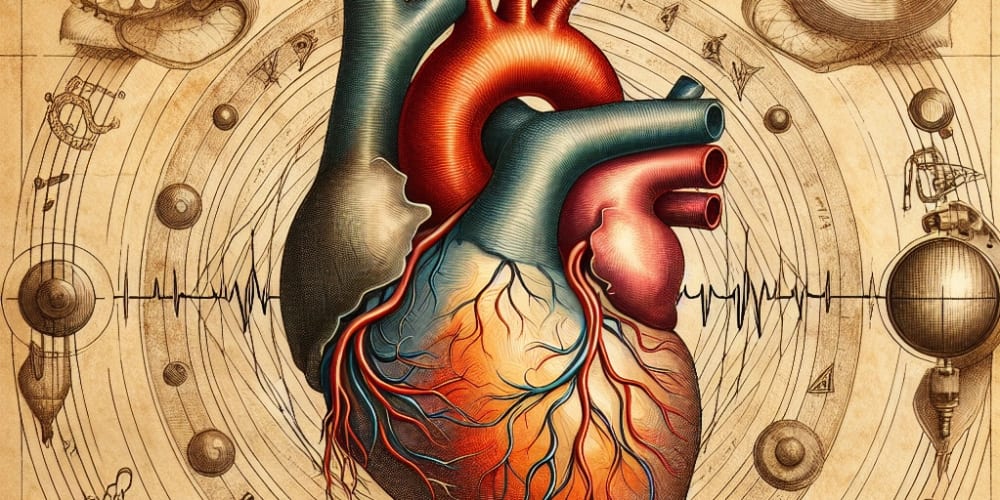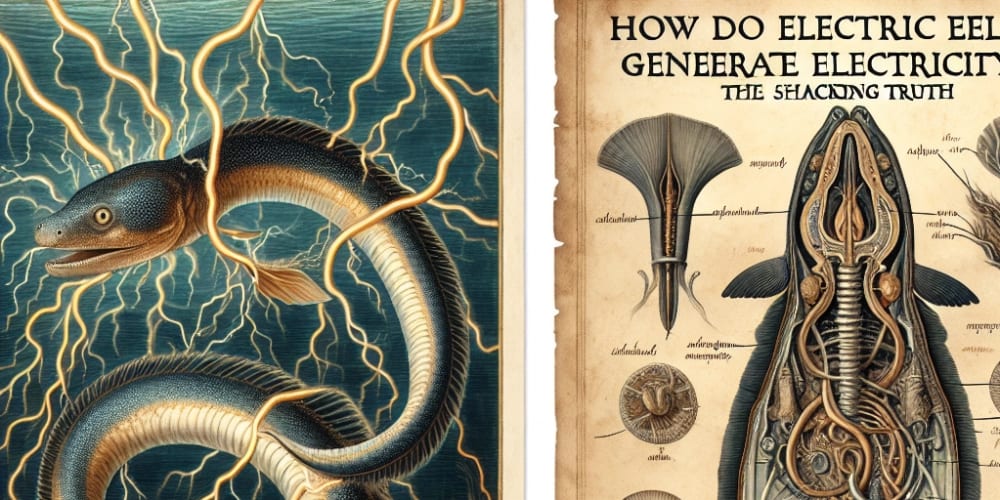Introduction:
In the realm of disaster response, every second counts. From earthquakes to hurricanes, natural calamities strike swiftly and without warning, leaving behind devastation and chaos. In such critical moments, the ability to coordinate rescue efforts efficiently can mean the difference between life and death. This is where advanced swarm intelligence emerges as a beacon of hope, offering a revolutionary approach to disaster response by harnessing the collective power of autonomous vehicles, drones, and robots.
According to the Next Move Strategy Consulting, the Advanced Swarm Intelligence Market size is predicted to reach USD 524.3 million with a CAGR of 45.8% by 2030.
Download Free Sample: https://www.nextmsc.com/advanced-swarm-intelligence-market/request-sample
Understanding Swarm Intelligence
Swarm intelligence draws inspiration from nature's most intricate systems, such as the coordinated movements of flocks of birds, schools of fish, or colonies of ants. At its core, it revolves around decentralized decision-making, where individual agents communicate and cooperate with one another to achieve a common goal. This emergent behavior enables swarms to adapt dynamically to changing environments and overcome complex challenges with remarkable efficiency.
The Role of Swarm Intelligence in Disaster Response
In the aftermath of a disaster, traditional response methods often face numerous obstacles, including communication breakdowns, logistical hurdles, and limited access to affected areas. Advanced swarm intelligence offers a paradigm shift by leveraging cutting-edge technologies to address these challenges head-on.
Coordinated Assessment of Damage
One of the primary applications of swarm intelligence in disaster response is the rapid assessment of damage in affected areas. Autonomous vehicles equipped with sensors and cameras can navigate through debris-strewn streets, capturing real-time data on the extent of destruction. By coordinating their movements and sharing information, these vehicles create comprehensive maps that aid emergency responders in prioritizing their efforts and allocating resources effectively.
Inquire Before Buying: https://www.nextmsc.com/advanced-swarm-intelligence-market/inquire-before-buying
Search and Rescue Operations
In scenarios where lives hang in the balance, every second spent searching for survivors is critical. Drones equipped with thermal imaging cameras and advanced sensors can comb through disaster zones with unmatched speed and precision. Guided by swarm intelligence algorithms, these drones collaborate seamlessly to cover expansive areas and identify signs of life amidst the rubble. By streamlining the search and rescue process, swarm intelligence increases the likelihood of locating survivors before it's too late.
Efficient Aid Delivery
In the chaotic aftermath of a disaster, delivering aid to those in need can prove challenging due to disrupted infrastructure and logistical bottlenecks. Swarm intelligence enables fleets of autonomous robots to navigate through challenging terrain, bypassing obstacles and reaching isolated communities with essential supplies. By optimizing delivery routes and coordinating their movements, these robots ensure that aid reaches its intended recipients in a timely manner, thereby mitigating the impact of the disaster.
Overcoming Challenges and Limitations
While the potential of advanced swarm intelligence in disaster response is undeniable, its implementation is not without challenges. From ensuring robust communication networks to addressing ethical considerations surrounding autonomy and decision-making, stakeholders must navigate various hurdles to harness the full capabilities of swarm intelligence effectively. Additionally, concerns regarding privacy, data security, and regulatory compliance necessitate careful planning and collaboration among governments, humanitarian organizations, and technology providers.
Looking Ahead: The Future of Disaster Response
As technology continues to evolve at a rapid pace, so too does the potential of advanced swarm intelligence in transforming disaster response efforts. From leveraging artificial intelligence and machine learning algorithms to enhancing situational awareness and predictive analytics, the possibilities are endless. By embracing innovation and fostering collaboration across disciplines, we can unlock new frontiers in disaster preparedness and resilience, ensuring that communities worldwide are better equipped to withstand and recover from the most challenging of circumstances.
Conclusion:
Advanced swarm intelligence represents a game-changing approach to disaster response, offering a beacon of hope in the face of adversity. By harnessing the collective power of autonomous vehicles, drones, and robots, we can revolutionize how we prepare for and respond to disasters, saving lives and restoring hope in the darkest of times. As we stand on the brink of a new era in technology-driven resilience, let us seize the opportunity to build a safer, more resilient world for generations to come.



















